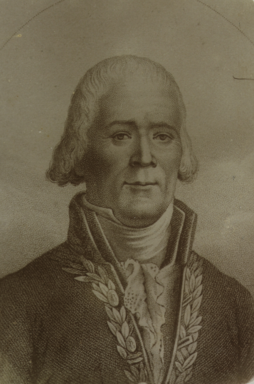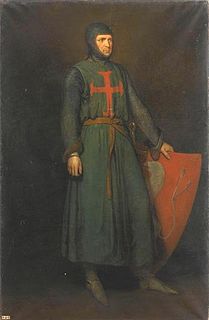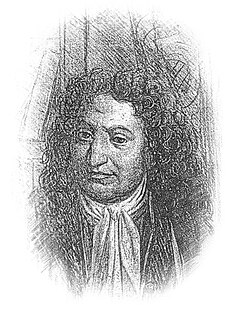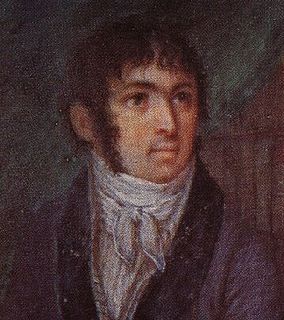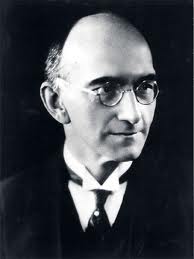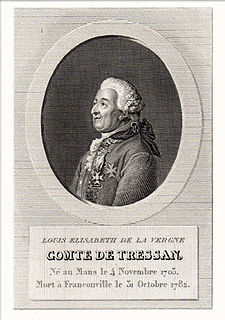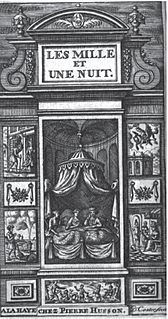Dom Antoine Rivet de La Grange (Confolens, 1683 - Le Mans, 1749) was a French benedictine monk and supporter of Jansenism.

Confolens is a commune in southwestern France. It is one of the two sub-prefectures of the Charente department. Confolens is the administrative center of a largely rural district, which has seen the development of tourism in recent years. On 1 January 2016, the former commune Saint-Germain-de-Confolens was merged into Confolens.
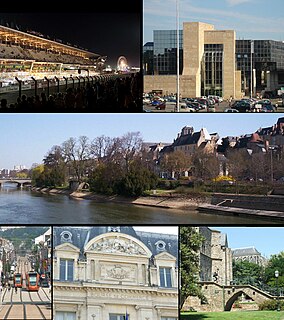
Le Mans is a city in France, on the Sarthe River. Traditionally the capital of the province of Maine, it is now the capital of the Sarthe department and the seat of the Roman Catholic diocese of Le Mans. Le Mans is a part of the Pays de la Loire region.

Jansenism was a theological movement, primarily in France, that emphasized original sin, human depravity, the necessity of divine grace and predestination. The movement originated from the posthumously published work of the Dutch theologian Cornelius Jansen, who died in 1638. It was first popularized by Jansen's friend Abbot Jean du Vergier de Hauranne, of Saint-Cyran-en-Brenne Abbey, and, after du Vergier's death in 1643, was led by Antoine Arnauld. Through the 17th and into the 18th centuries, Jansenism was a distinct movement away from the Catholic Church. The theological centre of the movement was the convent of Port-Royal-des-Champs Abbey, which was a haven for writers including du Vergier, Arnauld, Pierre Nicole, Blaise Pascal and Jean Racine.
He was opposed to the Unigenitus papal bull and, because he was Jansenist, his superiors sent him to the Abbey of St. Vincent in Le Mans, where he spent the last thirty years of his life.
Unigenitus, an apostolic constitution in the form of a papal bull promulgated by Pope Clement XI in 1713, opened the final phase of the Jansenist controversy in France. Unigenitus condemned 101 propositions of Pasquier Quesnel as:
false, captious, ill-sounding, offensive to pious ears, scandalous, pernicious, rash, injurious to the Church and its practices, contumelious to Church and State, seditious, impious, blasphemous, suspected and savouring of heresy, favouring heretics, heresy, and schism, erroneous, bordering on heresy, often condemned, heretical, and reviving various heresies, especially those contained in the famous propositions of Jansenius.
Dom Rivet finished the Nécrologe de Port-Royal des Champs (1723) and edited the first nine volumes of the Histoire littéraire de la France (1733–49), which was continued by François Clément and later by the French Académie des Inscriptions et Belles-Lettres.
Histoire littéraire de la France is an enormous history of French literature initiated in 1733 by Dom Rivest and the Benedictines of St. Maur but it was abandoned in 1763 after the publication of volume XII. In 1814, members of the Académie des inscriptions et belles-lettres took over the project, which had stopped halfway through the 12th century, and continued where the Benedictines had left off. From 1865 to 1892, the first sixteen volumes were reprinted with only minor corrections in parallel with the regular series.
François Clement was a French historian and member of the Benedictine Congregation of St. Maur.
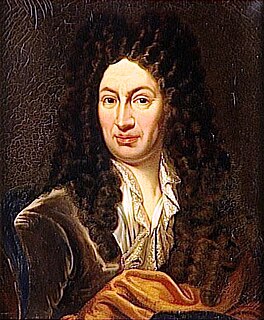
The Académie des Inscriptions et Belles-Lettres is a French learned society devoted to the humanities, founded in February 1663 as one of the five academies of the Institut de France.

